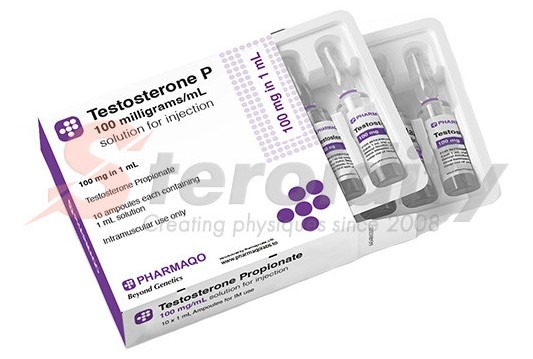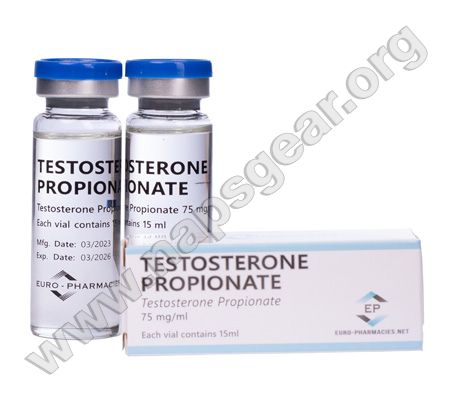
Introduction to Testosterone Propionate
Testosterone propionate, known by brand names like Testoviron, represents a fast-acting testosterone ester primarily utilized in the medical field for treating low testosterone levels in men, and historically, it has been used for breast cancer treatment in women. Its short half-life necessitates frequent injections, typically every two to three days, making it less popular for long-term testosterone replacement therapy (TRT) but quite favored in specific bodybuilding contexts.
Medical Uses of Testosterone Propionate
Medically, testosterone propionate is prescribed for hypogonadism, where the body doesn’t produce enough testosterone. This condition can lead to symptoms like fatigue, decreased libido, and mood changes. By replenishing testosterone levels, it helps in restoring normal sexual development and function, maintaining bone density, and promoting muscle mass. Its quick action makes it suitable for scenarios where immediate testosterone effects are beneficial.
Role in Bodybuilding

In bodybuilding, testosterone propionate is cherished for its ability to provide rapid increases in strength and muscle mass. Its fast clearance from the body makes it an excellent choice for athletes who might be subject to drug testing, as it can be used closer to competition times compared to longer-acting esters. Bodybuilders incorporate it into cycles to kick-start gains, benefit from increased metabolism, and achieve a more defined physique due to less water retention compared to its longer-acting counterparts. It’s often stacked with other anabolic steroids for maximizing muscle hypertrophy and strength during bulking cycles or used alone during cutting phases to preserve muscle mass while shedding fat.
Associated Risks and Side Effects
The use of testosterone propionate comes with several risks. Common side effects include acne, due to increased skin oiliness, and potential hair loss for those predisposed to male pattern baldness. More severe risks involve cardiovascular issues; it can negatively affect cholesterol levels by decreasing HDL (good cholesterol) and increasing LDL (bad cholesterol), potentially leading to heart disease if not managed properly. There’s also the risk of natural testosterone suppression, leading to a dependency on exogenous testosterone, and if not followed by proper post-cycle therapy (PCT), could result in hypogonadism post-cycle. For women, virilization symptoms like deepening of the voice, body hair growth, and clitoral enlargement are significant concerns.
Safety Considerations
While testosterone propionate can significantly enhance bodybuilding efforts through rapid muscle growth and fat loss, users must approach its use with caution. Regular health check-ups, monitoring of lipid profiles, and adherence to recommended dosages and cycle lengths are crucial to mitigate risks. Potential users should also consider the legal implications, as its non-medical use for performance enhancement is classified as a controlled substance in many regions. Always consult with healthcare professionals before beginning any steroid regimen, ensuring that benefits outweigh the potential health risks.
References:
- Studies on the effects of anabolic steroids on lipid profiles can be referenced from journals like “The Journal of Clinical Endocrinology & Metabolism.”
- For specifics on testosterone propionate’s pharmacokinetics, “Therapeutic Advances in Drug Safety” has articles discussing various testosterone esters.
Become part of our community where you can connect, share, and learn from individuals who are knowledgeable in bodybuilding, TRT, and fitness, including trainers, military veterans, IFBB professionals, and medical experts. Sign up, introduce yourself, and get expert answers to all your questions! https://jackedforums.com/community
